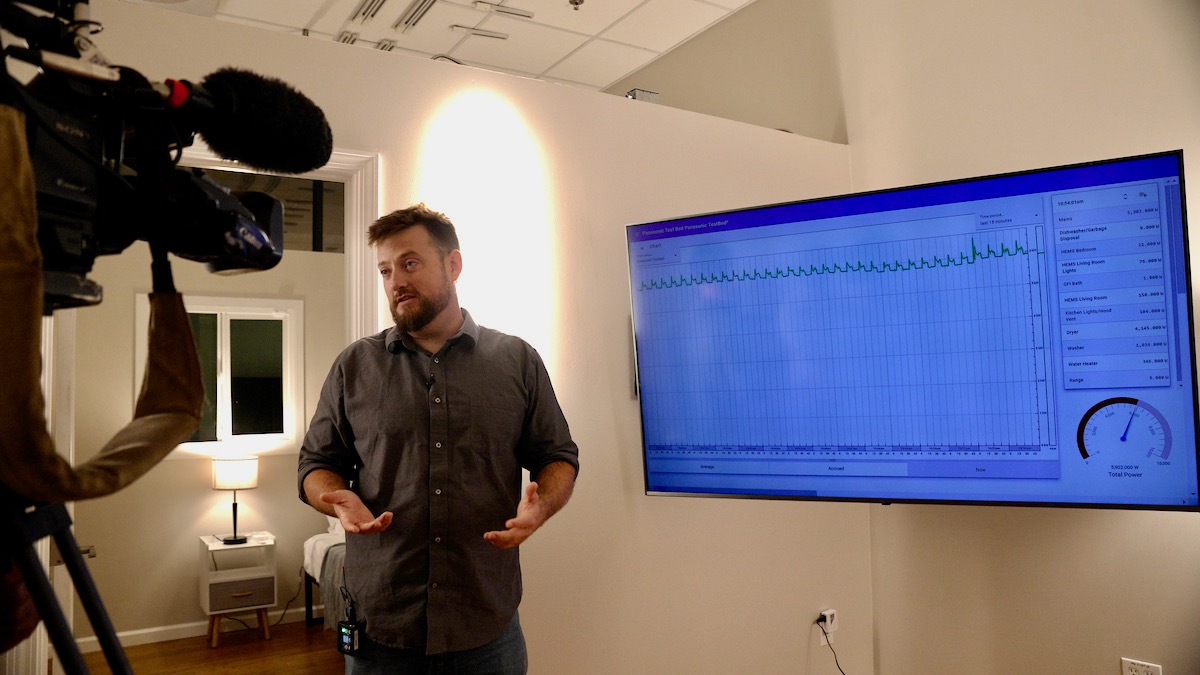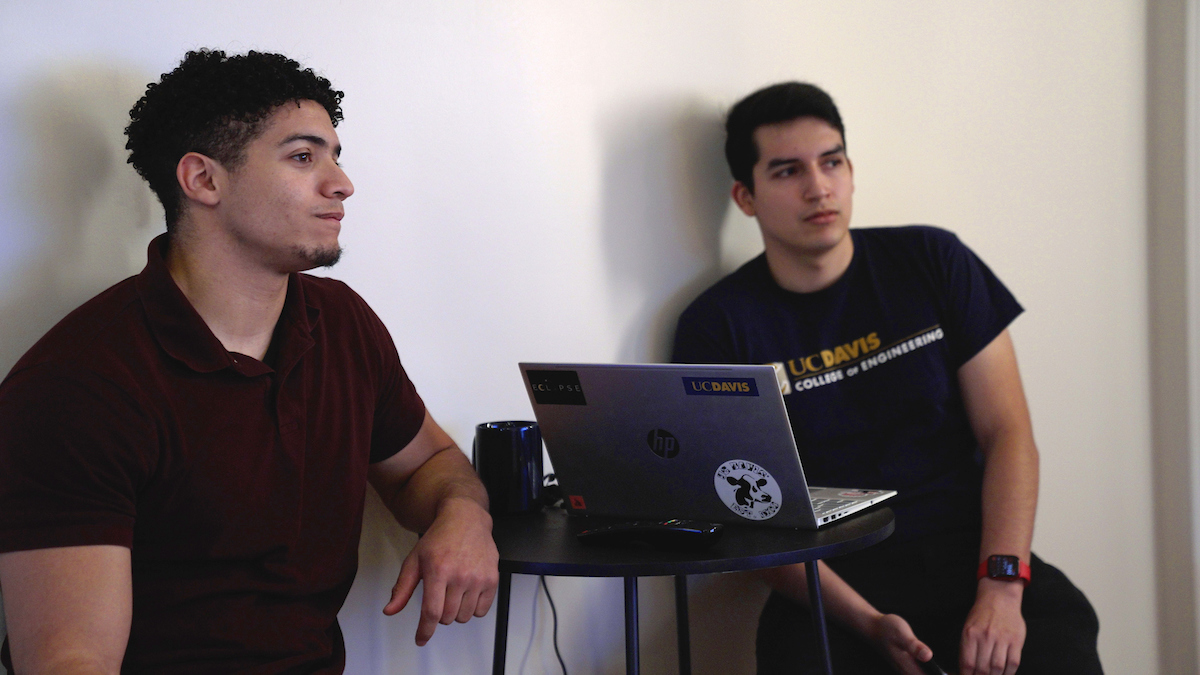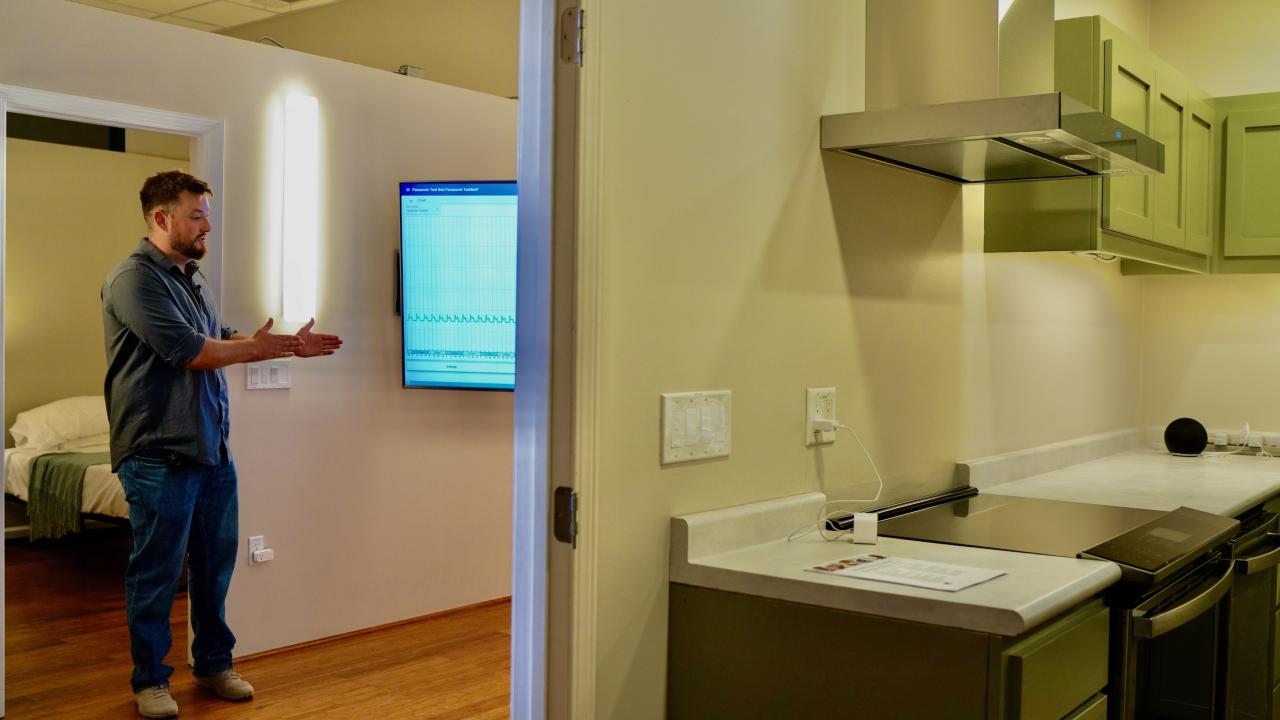Nearly a year ago, amid a 10-day heatwave, PG&E customers in parts of California received a startling text alert: “Conserve energy now to protect public health and safety.”
It worked. Within 20 minutes, the grid load dropped by 2,000 megawatts. But utilities—and many homeowners—prefer to find less extreme measures of saving energy and conserving the grid during heat waves, which are expected only to increase with current climate projections.
Scientists from the California Lighting Technology Center (CLTC) and Energy and Efficiency Institute at UC Davis are also looking to a future where your home itself adjusts to rising temperatures. There are also some simple ways residents can cool their homes now. (More on that in a minute.)
“The house of the future will be able to seamlessly respond to changing grid conditions,” said Keith Graeber, engineering director of CLTC at UC Davis. “The consumer doesn’t have to remember. It will be automated, invisible, behind the scenes. The home will respond to preferences the customer establishes when they move in.”

A smart home lab
Stepping inside the smart home lab at CLTC is a bit like stepping into the future.
At first glance, this residential mock-up (think Ikea showroom) looks like any other contemporary home. The sage-green kitchen includes a refrigerator, oven and microwave. A dryer rumbles from the nearby utility room. Dim lights cast over a living room couch and glow from the small bedroom and bathroom.
But small details give a distinct nod to the future of automated energy efficiency. Most noticeably? The big-screen TV displays a graph of the home’s energy usage in real-time, drawing data from the internet-connected appliances. When the washing machine is turned off, a line on the graph dips. When the dryer starts, it spikes up. That’s key information for researchers looking to fine tune automated technologies.

Another key aspect for residents comes when a robotic voice sounds from a smart speaker on the wall warning of a Flex Alert —calls for consumers to voluntarily save energy, issued by the California Independent System Operator (ISO) when the power supply is threatened by extremely hot weather. Following the alert in the smart home lab, the lights and appliances reduce their power, the house goes quiet, and the energy line on the screen plummets.
“Last year there were brownouts,” said Graeber. “In the future, homes will automatically receive Flex Alerts and adjust.”
Proof of concept
The project is the first step of many needed before an automated future exists for the masses. Other steps include standardized protocols for smart appliances and their widespread adoption.
In the meantime, UC Davis scientists are using this lab as a proof-of-concept home energy management system. In the coming months, they’ll outfit the homes of 8 SMUD customers with the technology to better understand how it’s used by real families in their day-to-day lives.

“In California, we’re on a path to 100% clean energy by 2045,” said Mike Sokol, California Energy Commission’s division director of efficiency. “That takes a lot of growth in renewable energy, and also on the energy demand side with homes and buildings. Avoiding peak demand times is important. Projects like this show that not only are there new smart appliances, but they can work together in a way that’s seamless, supports people and saves money.”
How to save home energy now
Good thing the heat of summer is over, right? Think again.
“We’re just entering the hottest times of the year,” said Cal ISO’s senior advisor for smart grid technology Peter Klauer on the last day of August. “The hours of most vulnerability are when the sun is setting and temperatures are still really high.”
There are some simple, effective things homeowners can do themselves right now to conserve energy during our hot days:
- Set your thermostat at 78F or higher.
- Open windows during cooler hours to pre-cool your home.
- Reduce or shut down your air conditioning around 3 p.m. or 4 p.m., if health allows.
- Refrain from using high-energy appliances like washing machines and dryers during peak energy demand hours of 4 p.m. to 9 p.m.
- Buy energy-efficient appliances when feasible.
“One year ago, a historic heatwave stressed the grid,” said Joe Wilson, PG&E’s regional vice president for the North Valley and Sierra region. “We brought on more battery storage, but we’re also encouraging customers to reduce their energy consumption.”
Media Resources
Kat Kerlin is an environmental science writer and media relations specialist at UC Davis. She’s the editor of the “What Can I Do About Climate Change?” blog. kekerlin@ucdavis.edu. @UCDavis_Kerlin
